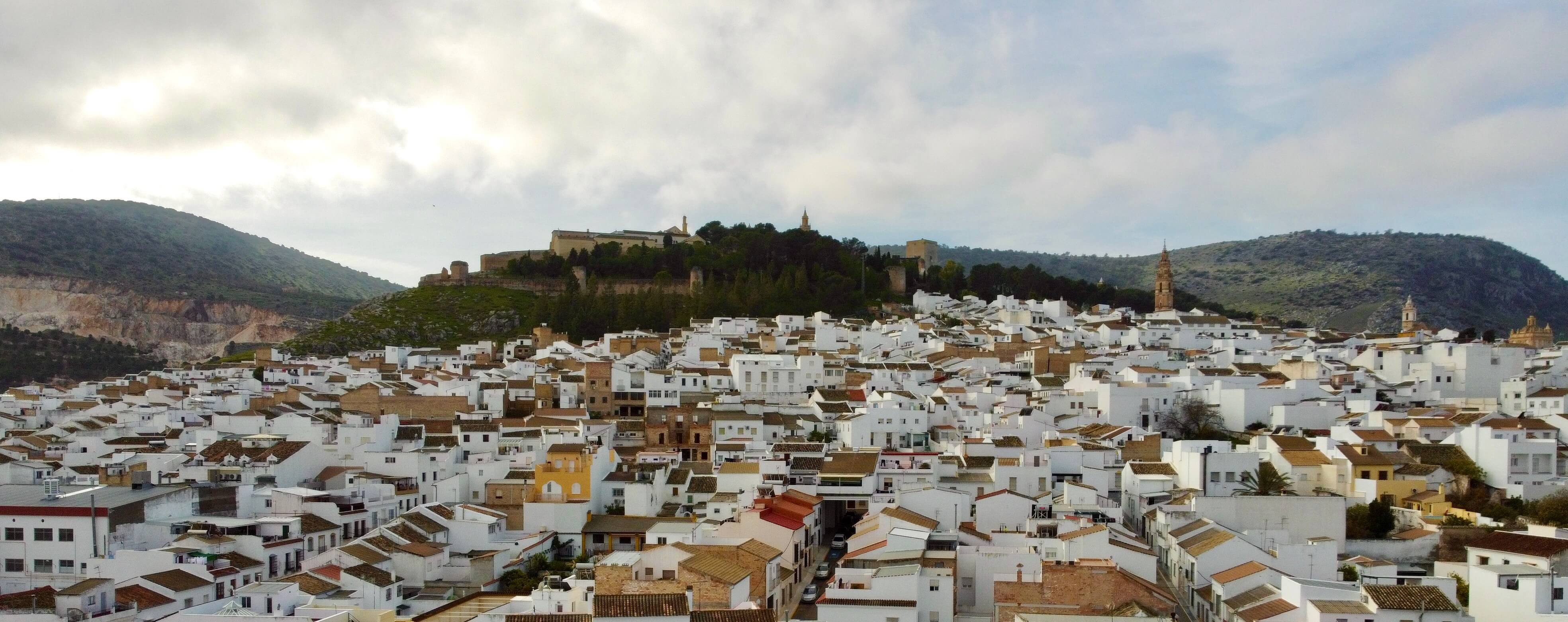
Discovering the sweet history of Estepa: a legacy of tradition and flavor
Historical Origins of Estepa
The origins of Estepa date back to the Roman era when it was known as Ostipo. However, it was during the period of Muslim domination that it gained significant importance, under the name of the Islamic city Istabba. Under the reign of the Almohads, Estepa flourished as a prosperous commercial and cultural center, playing a crucial role in the exchange of ideas and products between North Africa and the Iberian Peninsula.
The Golden Age of Pastry: The Legacy of Mantecados and Polvorones
Over time, Estepa has become synonymous with exquisite mantecados and polvorones, sweets that delight the palates of locals and visitors alike. The tradition of making these delights dates back several centuries, with recipes being passed down from generation to generation, safeguarding the flavors and techniques that make Estepa's products truly exceptional. The perfect combination of local ingredients, including almonds, olive oil, and cinnamon, has contributed to the city's unparalleled reputation in the art of pastry.
The Cultural Charm of Estepa
In addition to its culinary legacy, Estepa offers a wide range of cultural and architectural attractions. The remnants of its Islamic past are reflected in the impressive architecture of its mosques and fortresses, while Renaissance churches and buildings bear witness to its rich Christian heritage. Annual festivals, such as the Feast of the Immaculate Conception, attract crowds eager to immerse themselves in the authentic Andalusian atmosphere, enjoying dances, music, and, of course, the irresistible offer of mantecados and polvorones.
The city also hosts several museums and historical sites, such as Cerro de San Cristóbal and the Church of Santa María la Mayor. Moreover, Estepa has been designated a National Historic-Artistic Ensemble since 1965, reflecting its rich cultural and architectural heritage.
An Unforgettable Destination
Estepa is not only a city rich in history and tradition but also a destination that captivates the senses and satisfies the sweetest cravings. From its historical origins to its current role as the cradle of traditional pastry, Estepa stands as a living testament to human ability to create and preserve delight and sweetness throughout the centuries.
The hospitality and friendliness of the people of Estepa add a special touch to the experience. Whether you explore its historical monuments, taste its exquisite sweets, or simply stroll through its charming cobblestone streets, Estepa invites you to immerse yourself in its fascinating history and traditions, offering you the opportunity to savor the sweetness of life at every corner.
The Balcony of Andalusia
The city of Estepa is recognized as the "Balcony of Andalusia" due to its strategic location in the Sierra Sur de Sevilla, providing stunning panoramic views of the Andalusian countryside. The city has gained renown for its outstanding production of olive oil, as well as for the traditional mantecados and polvorones that constitute fundamental pillars of its economy. Currently, around 22 factories in Estepa are dedicated to the production of these sweets, generating over 20 million kilograms annually, significantly contributing to employment generation and local economic development.
 Cookie preferences
Cookie preferences
